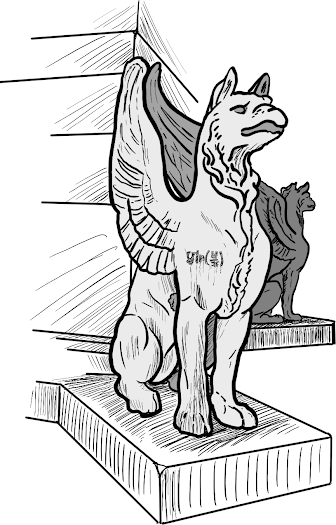POEMA learning week 2: Day 2

Today was a full day. Starting with a triple whammy of POEMA ESR talks we got off to a running start. I will try my best to recall the highlights (based on my own limited understanding and memory) of the day: ESR2 Andrew : Attacking polynomial optimization problems via the critical values route. This means computing the Jacobian of the system and then solving a determental system using a very subject specific algorithm Sparse FGLM algorithm . ESR4 Alejandro : A verbose intro into real zero (RZ) polynomials from theory down to numerics. I had hoped to see a clearer link between RZ polynomials and the Generalized Lax Conjecture but hey-ho. ESR12 Arefeh : Leveraging both primal and dual formulations in solving SDP's. Also extensions to sparse large SDP's and preconditioners for low rank SDPs. Considering how much I rely on SDP solvers I am painfully unaware of all the intricacies of their operation. I am glad Arefeh is an expert I can refer to should the need arise. Prof. Dr. T...



